Rare bilharzia of the spine detected in Zim
- By Zimpapers Syndication |
- 20 Apr, 2025 |
- 0
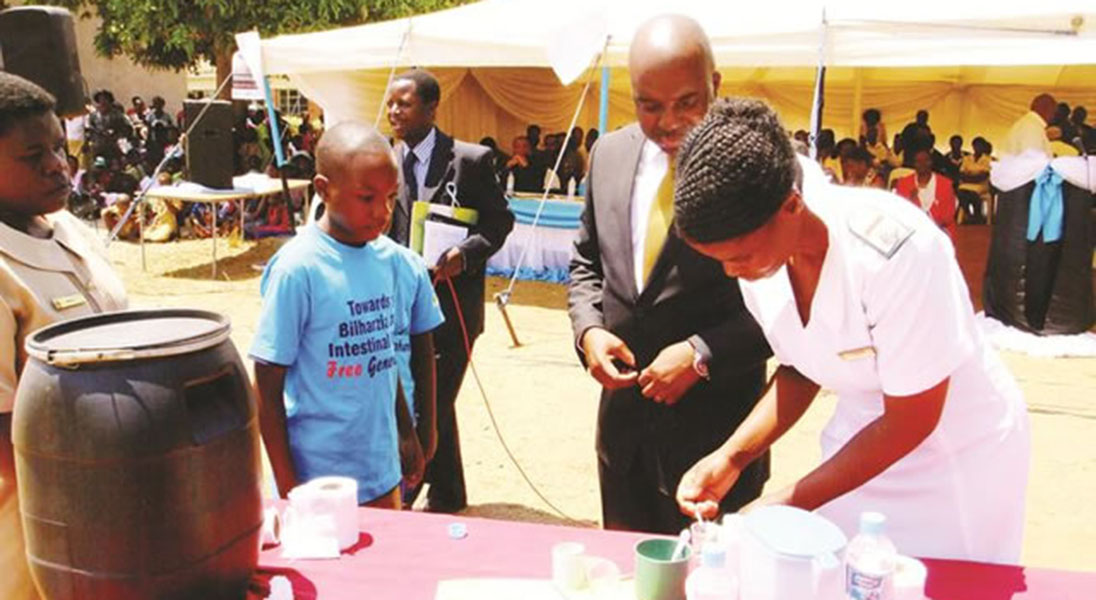
Sifelani Tsiko ---
A 12-year-old Zimbabwean girl was discovered to have a ‘one-in-a-million’ severe form of bilharzia of the spine which paralysed her lower limbs.
Dr Khita Phiri, a pathologist at Parirenyatwa Hospital’s histopathology department laboratory that examines biological tissues to observe the appearance of diseased cells and tissues, told the Southern Times recently that he detected the rare disease condition in April this year.
“We diagnosed a 12-year old girl in April this year who had a rare case of bilharzia that affected her spinal cord and caused paralysis of her lower limbs,” he said.
“Only 100 such cases have been reported worldwide. It’s a very rare disease condition and once we conclude our detailed analysis, this case will recorded in medical journals as the 101st case.”
Bilharzia of the spine, referred in medical circles as spinal schistosomiasis is a severe presentation of one of the most important neglected tropical parasitic diseases worldwide that afflicts between 200 and 300 million, according to the World Health Organisation.
It is prevalent in South America, the Middle East, parts of Asia and sub-Saharan Africa.
Dr Phiri said when he and his laboratory team detected bilharzia of the spine in the girl after conducting tests, they immediately put the girl under treatment using a drug called praziquantel, a major WHO recommended intervention used to control the disease.
“We used praziquantel to treat the child. In addition, the child got physiotherapy and steroids when she was put on treatment,” he said.
“The girl was later discharged after intensive steroid treatment. She is recovering very well and people should take bilharzia immunization programmes seriously to prevent unnecessary deaths.”
The girl was first seen at Parirenyatwa Hospital where doctors suspected that her symptoms, which included painful urination, seizures and abdominal pain.
“Bilharzia of the spine in such young children is rare,” Dr Phiri said. “Worldwide only 100 such cases have been reported.
“Zimbabwe needs to carry out more research on this rare disease condition to determine how prevalent it may be across the country. Even doctors need to be sensitized about the disease which can easily be mistaken for cancers or bladder tumours.
“I fear that there is serious under-reporting or detection of such cases in the country.”
Said Zimbabwe Medical Association secretary-general Dr Shingi Bopoto: “We are so used to cases of bilharzia of the bladder not of the spine.
“Our worry is how many cases have we missed from the past.”
Bilharzia of the spine can attack the nervous system leading to paralysis.
Doctors say they do not expect an epidemic of this parasitic disease condition that remains rare.
Bilharzia of the spine is a dangerous and feared childhood infection.
They say bilharzia, is a chronic disease caused by parasitic worms that live in certain types of freshwater snails.
People who come into contact with water that contains these snails are at risk of infection.
Bilharzia is considered second only to malaria as the most devastating parasitic disease in tropical countries.
In sub-Saharan Africa, more than 200 000 deaths per year are due to schistosomiasis, according to the WHO.
Depending on the species of parasite, schistosomiasis causes renal and bladder dysfunction or liver and intestinal disease, and it contributes to anemia and growth retardation in children.
Health experts say individuals become infected with schistosomiasis through contact with water contaminated with schistosome parasites while bathing, swimming, or performing daily chores, such as washing laundry, fetching water, and herding animals.
They further say that patterns of sanitation, water supply, and human water use are crucial elements in determining the risk of infection.
Bilharzia is common in 74 tropical countries in Africa, the Caribbean, South America, East Asia, and the Middle East, with 62 percent of the burden occurring in 10 countries in Africa.
Worldwide, more than 700 million people are at risk of infection and more than 200 million people are infected.
Schistosomiasis infection is usually acquired in childhood when children tend to spend time swimming or bathing in water containing the larval form of the parasite.
Health experts say prevalence and intensity of infection increase with age, peaking in the 5 to 14 year age group.
They further say that children also suffer the most side effects of the disease, especially poor growth and impaired cognitive development.
The disease also contributes to malnutrition and disrupts school attendance. In older people, there is a drastic decline in intensity of infection but not in the prevalence of the disease.
“Most people have no symptoms when they are first infected. However, a person who becomes infected with schistosomiasis parasites may develop a rash or itchy skin within days of becoming infected. Within 1 to 2 months of infection, flu-like symptoms may develop,” the WHO reports.
Symptoms of chronic schistosomiasis infection are caused by the body’s reaction to the parasites’ eggs, which become lodged in the intestine or bladder, causing inflammation or scarring.
In children, infection can cause anemia, malnutrition, and learning difficulties, the WHO says.
With urinary schistosomiasis, the parasites’ eggs damage the bladder and kidneys, which causes painful urination, blood in the urine, and abdominal pain.
Intestinal schistosomiasis damages the intestines and liver, resulting in abdominal pain, fever, and bleeding.
Damage to the liver can produce swelling of the abdomen, which is a classic sign of infection, according to the WHO.
Symptoms of chronic schistosomiasis include abdominal pain, enlarged liver, blood in the stool or in the urine, and problems passing urine, it also can increase the risk of bladder cancer.
In women, health experts say, it may cause genital lesions, vaginal bleeding, pain during sexual intercourse and nodules in the vulva while in men it can affect the prostate, and other organs.
This disease may also have other long-term irreversible consequences, including infertility, health experts warn.
“In rare cases, it can affect the spine and the brain and can cause seizures, paralysis, or spinal cord inflammation,” Dr Phiri said.
“We would like to stress that this disease is very, very rare. Any time a parent sees symptoms of paralysis in a child, the child should be seen by a doctor right away.”
The major intervention used to control the disease is treatment with praziquantel, accompanied by the provision of safe water, adequate sanitation, and, where possible, snail control.
According to the World Health Organization (WHO), only 8 percent of people with schistosomiasis had access to praziquantel in 2008.
WHO has developed guidelines for community treatment of schistosomiasis with praziquantel.
Although schistosomiasis is not yet eradicable, health experts say the disease can be prevented and transmission controlled with a single annual dose of praziquantel.
Additional control measures, including improved water and sanitation as well as reduction or elimination of intermediate host snails, could sustain and/or enhance control of transmission in endemic areas, they say.
Early this year, Zimbabwe launched the third edition of the national Mass Drug Administration for bilharzia and intestinal worms in a bid to stem neglected tropical diseases still prevalent in 57 of the country’s 63 districts.
The programme aims to reduce transmission by ensuring that infected people are treated.
The target age group is between one and 15 years and from a student population of four million, the majority are between 4 and 15.
The programme began in 2012, reaching only 27 percent of the targeted population and increased to 52 percent in 2013.
Zimbabwe is targeting to reach at least 80 percent through the use of school-based approach as recommended by the WHO.
According to the WHO, neglected tropical diseases are causes of about 534 000 deaths annually in sub-Saharan Africa and an estimated 57 million disability-adjusted life-years are lost annually due to the neglected tropical diseases.
The neglected tropical diseases exert great health, social and financial burden on economies of households and governments.
No Comments



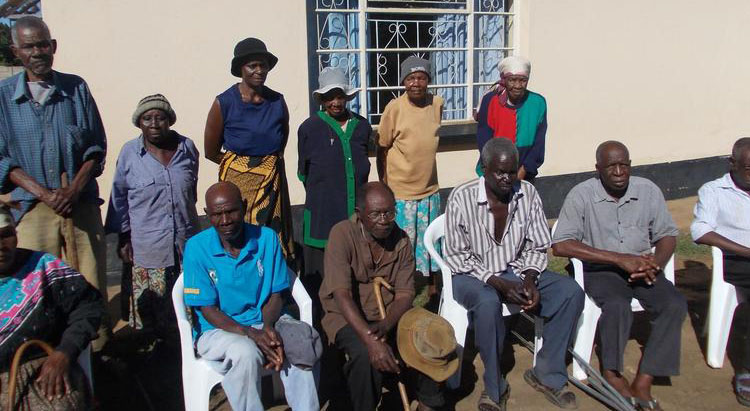


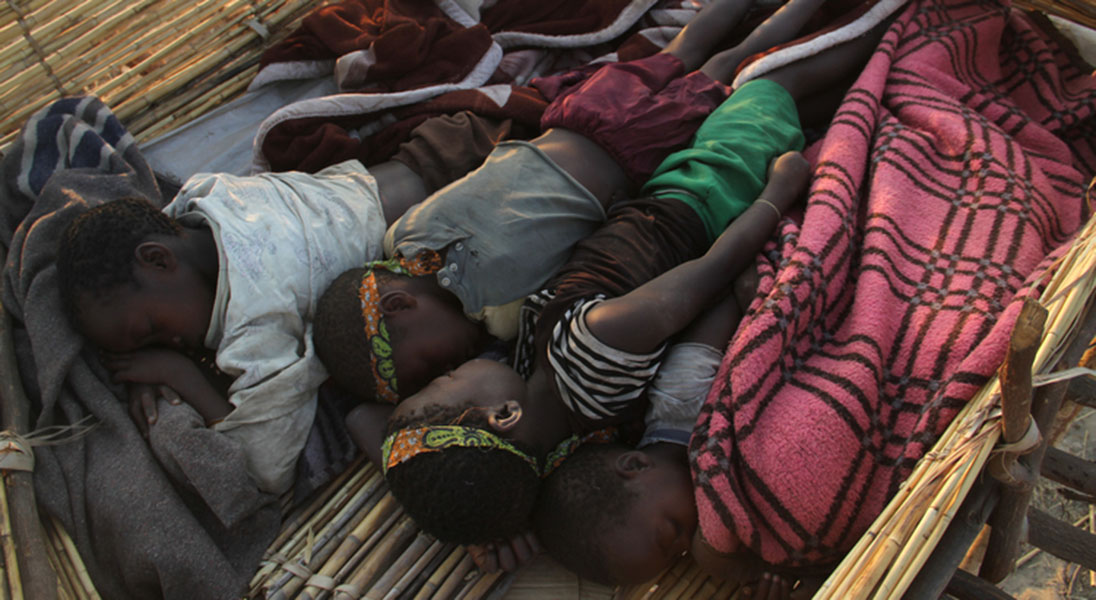

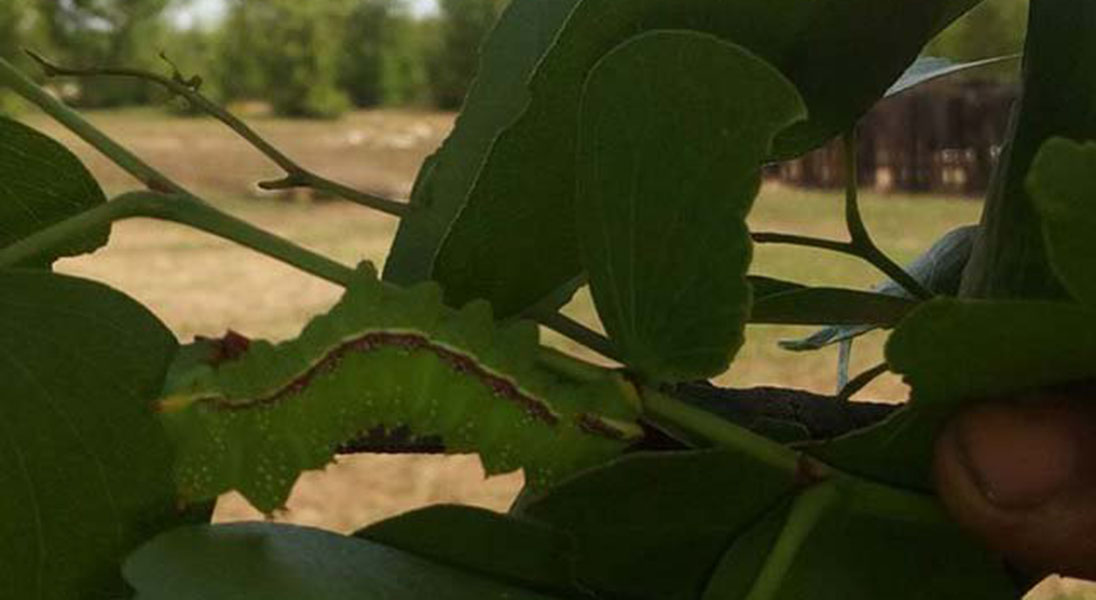


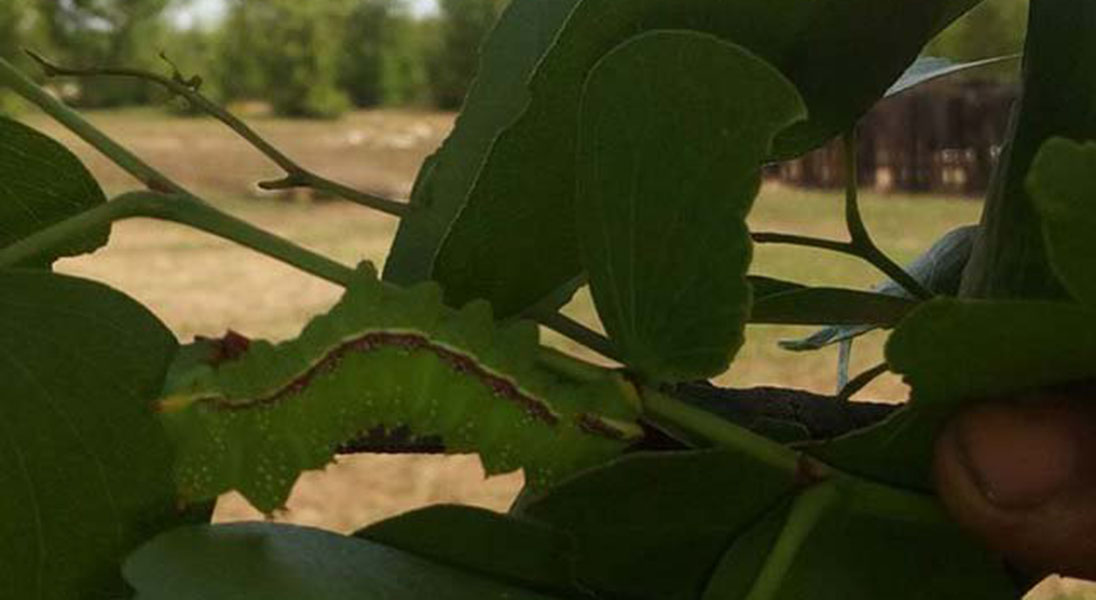
.jpg)

Comment